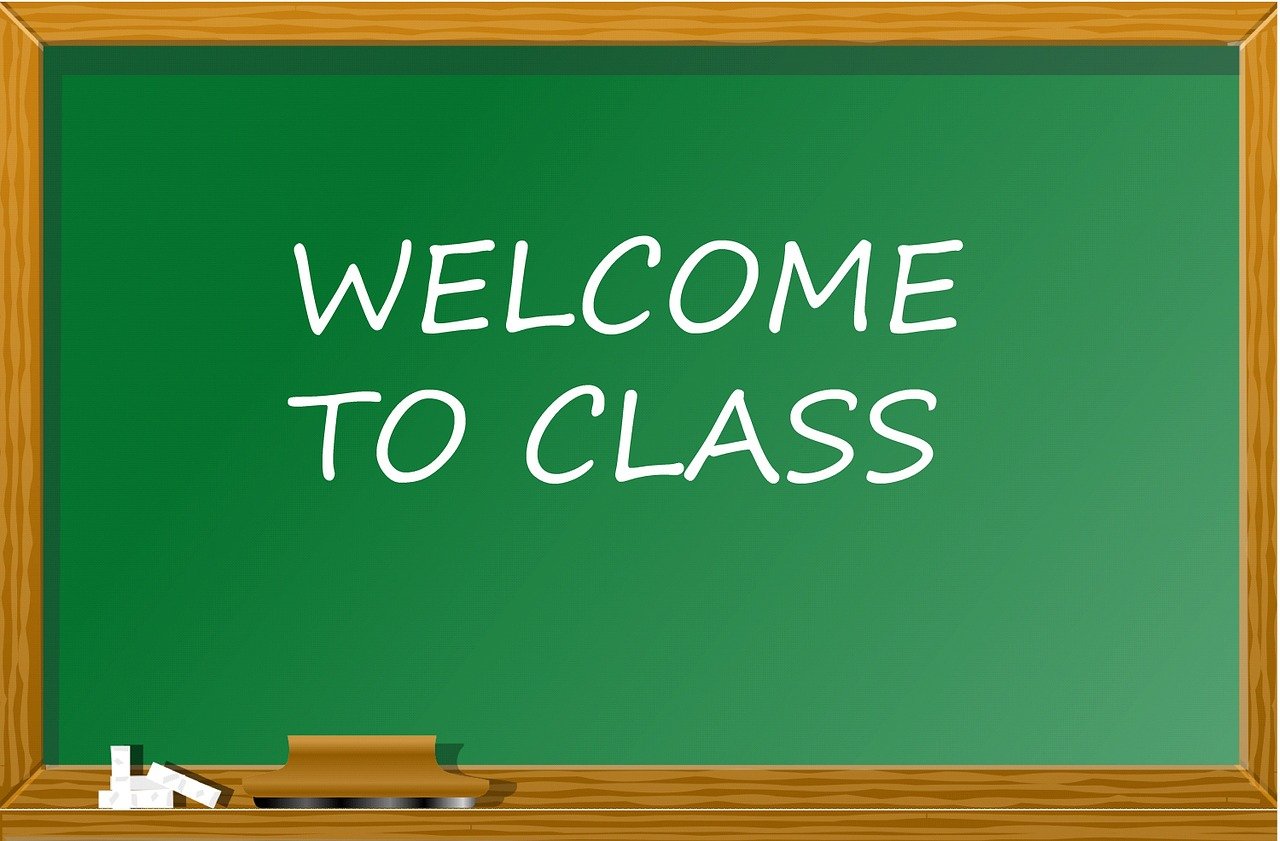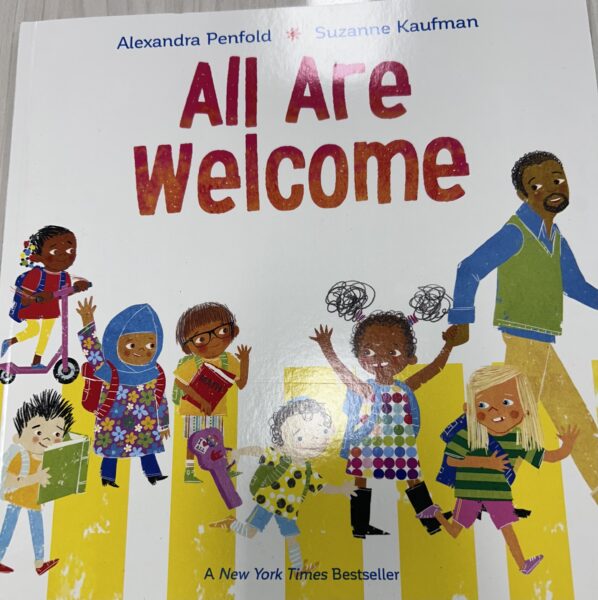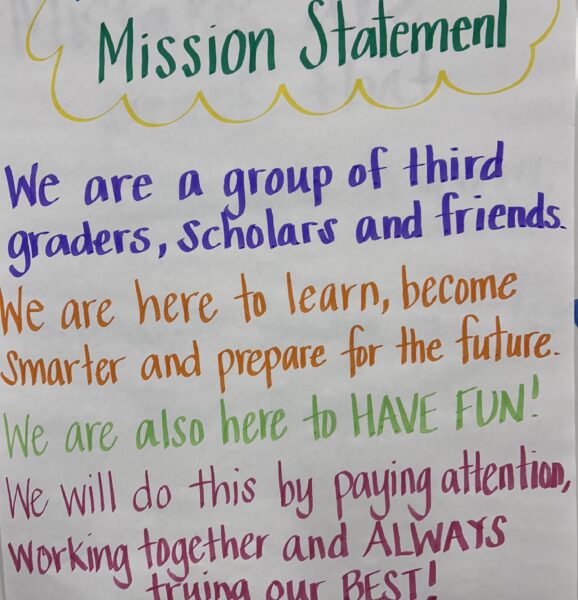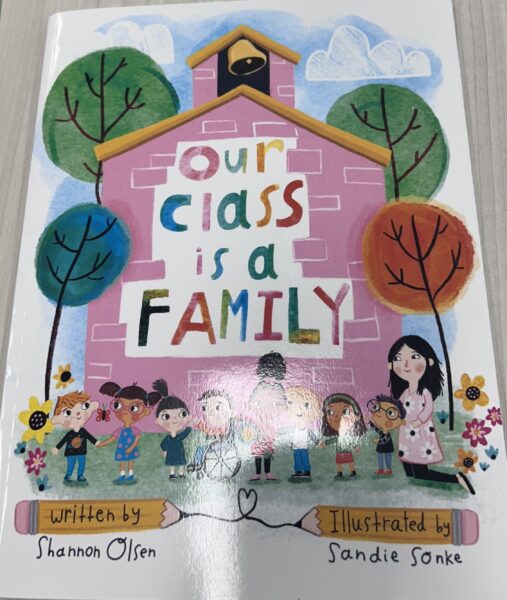Transforming your Classroom into a Community

Building a classroom community is crucial at the start of the school year. It helps to establish cohesiveness and partnership in the group. It builds the family within the classroom. It makes the students feel like they are part of something bigger than just being a child in the school. It begins to create an environment where they feel safe with each other. Trust begins to be established. Students start to feel connected and more like a community and family than just a group in the same room.
How do we begin to build community in the classroom?
-
Develop Norms and Expectations
- Begin by reading Our Class is a Family. After reading, discuss and chart student ideas on a circle map representing what they think is essential in a classroom community.

- Later on that same day, read All are Welcome. Discuss the message and theme of that book and add to the circle map created earlier.


- After school or before the next session, rewrite the circle map on 8×11 paper and make enough copies for collaborative groups. The next day, students work collaboratively to color code the ideas on the circle map. They color code according to the category in which the words fall. For example, welcoming, including, accepting, and kindness could all be circled with the same color.
- After school or before the next session, take all the group work and create a tree map by putting the words into categories based on how the students grouped them.
- The tree map is displayed the next day, and the class is to create labels for each category.
- For example, the category label for welcoming, including, accepting, and kindness could be “Be inclusive and accepting.“
- These labels become the classroom norms, expectations, or Harmony Goals, as our school calls them.

- The next day, present the class with the Harmony Goals on chart paper. Discuss them and read them together. Then, have all the students sign them to show their commitment to following them.

Establishing the Harmony Goals in this sequence can create buy-in and ownership. When the students feel like they are a part of the process of developing them, this ultimately creates a strong classroom community.
2. Developing a Mission Statement
A mission statement summarizes the class’s purpose. It explains who, how, and why. Like the norms and expectations, it establishes ownership.
It helps to build a strong classroom community and emphasizes the importance of teamwork. It makes students feel valued and seen as they identify who they are in the classroom environment, why they are there, and how they will be successful.
Steps to Creating a Classroom Mission Statement
-
Begin with collaborative work.
Give each group a chart with three questions:
Who are we?
Why are we here?
How will we do it?
Have the groups brainstorm answers to those questions and list as many ideas as possible for each question.

2. Make a classroom chart with the questions. Have students share what their groups came up with and chart their ideas.

3. The next day, pass out three different-colored Post-its to each child. Ask them to start with a specific colored Post-it and choose the three best answers they feel represent the first question- Who are we?
Move on to the second question—Why are we here? Have them write down the three best answers on a different color. Post-it.
The third question is: How will we do it? Write the best answers on the last colored Post-it.
When done, they should have chosen the three best responses to each question and written them on different-colored Post-its.
- Take all of their responses and tally them onto the chart. The three highest under each question will be used for your classroom Mission Statement.
- Write the Mission Statement and read it together as a class. Then, have a short discussion so students understand the importance of the Classroom Mission Statement. Just like the Harmony goals, students should feel ownership in creating this.

The Mission statement helps them identify who they are in this community, solidifies their understanding of why they are here, and explains how they will accomplish success. It can reassure them that they are not alone and that we will help each other, encourage each other, and work together.
These two items above are the foundation for a strong classroom that promotes risk-taking, trust, safety, and teamwork.
They take time, but they are worth it!
What you take time to do at the beginning will pay off in the end!



